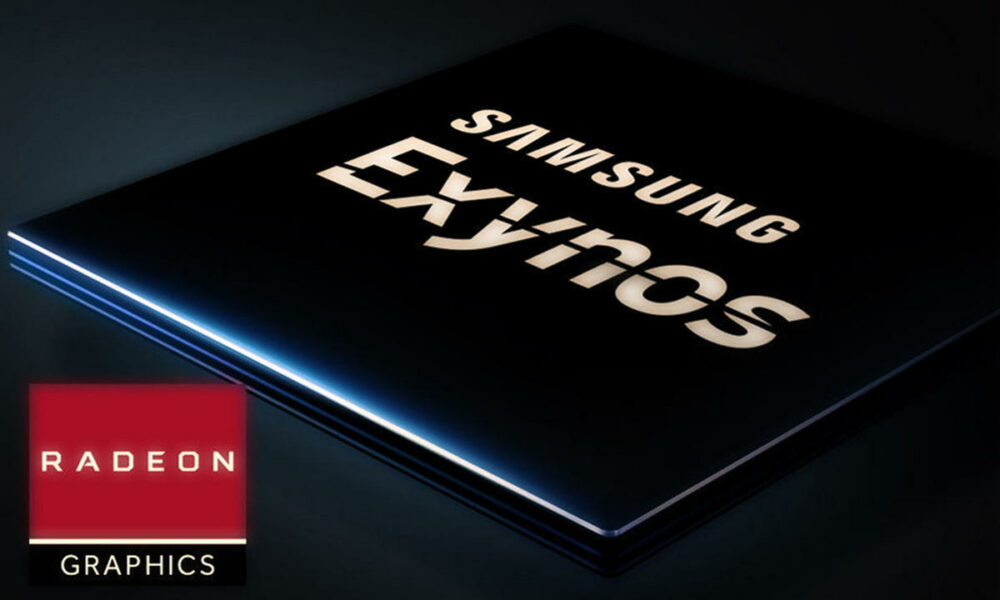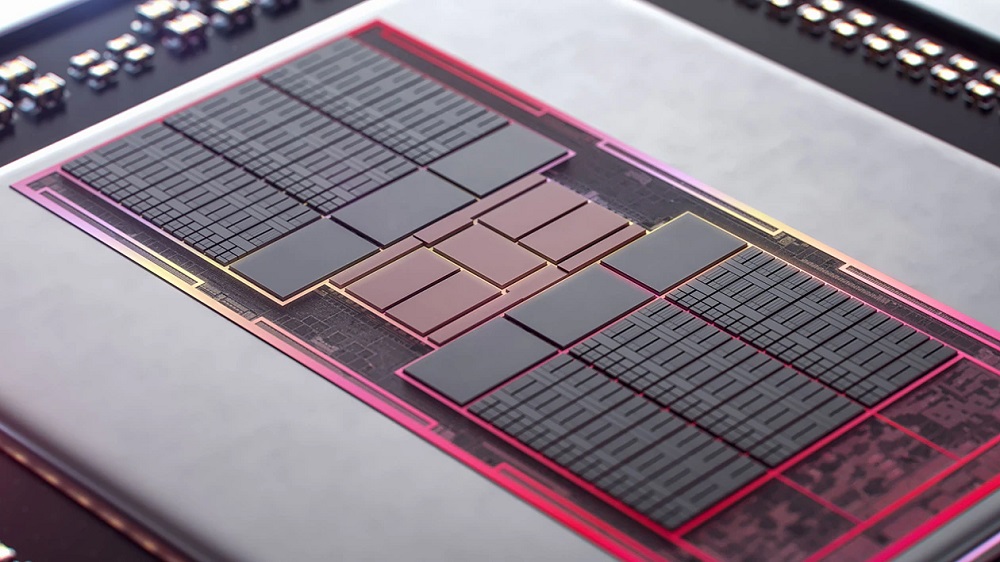
Just a few days ago we saw that Samsung and AMD were working, in theory, on a new GPU that would be optimized to be used in a new SoC, and this could be the Exynos 2400a chip that would be used in the Galaxy S24 and that would mean Samsung’s return to its own solutions, although obviously it would not imply a complete abandonment of the Snapdragon.
According to a new leak, which comes from South Korean sources, the South Korean giant is outlining the configuration of a new AMD Radeon-series-based GPU that could be used in the Exynos 2400, and which will have a total of four compute units. If we put this in perspective, we would find a total of 256 shaders or stream processorswhatever you want to call them (their function is the same).
Those 256 shaders would be accompanied by 16 texturing units, 8 raster units and two cores to speed up ray tracing. If the use of the RDNA3 architecture is confirmed, that GPU will also have four cores specialized in inference and artificial intelligence, hardware that Samsung could take advantage of to improve the performance of its SoC in computational photography and other tasks that can benefit from the inference and deep learning.
The ideal would be exactly that, for Samsung to use the RDNA3 architecture because, as many of our readers will know, it is manufactured in a more advanced node and is more efficient, two keys that should make it easier for the South Korean company to adapt to a SoC for mobile devices. In this sense, it will be interesting to see what this architecture can do with a very limited consumption and how this affects its working frequencies and general performance.
Regarding the CPU configuration of the Exynos 2400, it is still rumored that this SoC could come equipped with a 10 core CPUdistributed as always in a block of maximum performance, another of high performance and another of high efficiency, but nothing is confirmed yet, so right now we can only wait to see how the rumors and leaks evolve in the coming months.
Keep in mind something very important, and that is that the future of the Exynos 2400 not only depends on the results that Samsung achieves by adapting the RDNA3 architecture and integrating that new CPU, but also will be influenced by the success rate the South Korean giant achieves in bringing it to the wafer. If the success rate per wafer isn’t good, and production costs skyrocket, you may decide to abandon that project and go back to using a next-gen Snapdragon.




